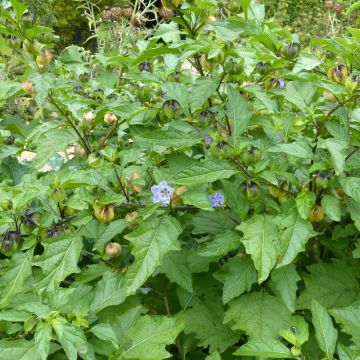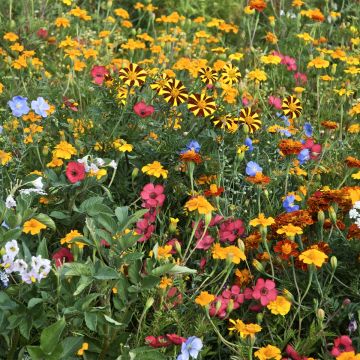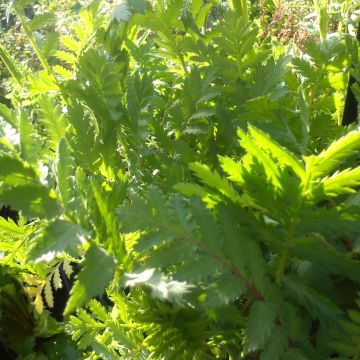Repellent plants, all our special offers
Does this plant fit my garden? Set up your Plantfit profile →
Available in 1 sizes
Available in 1 sizes
Available in 1 sizes

Available in 1 sizes
Find all our mixes of repellent flower seeds for the vegetable garden and ornamental gardens. When grown around the vegetable garden, orchard, and in your flower beds near the roses and even in planters, these associations of flowers will limit invasions of aphids, slugs, or Colorado potato beetles by repelling them.
But it is also a good idea to take care of beneficial insects in the garden. Our "crop helper" mixes and "ladybirds" mixes are beautiful mixes of perennial and meadow flowers (annual plants found in cultivated fields: poppy, cornflower...) attracting and maintaining beneficial insects in the garden. This is a particularly effective way to regulate aphid populations because this selection of flowers attracts hoverflies, capable of consuming between 400 and 500 aphids during the 10 days of their larval stage. These mixes can be sown on the edges of the vegetable garden, in the orchard, and even in planters.
Haven't found what you were looking for?









































